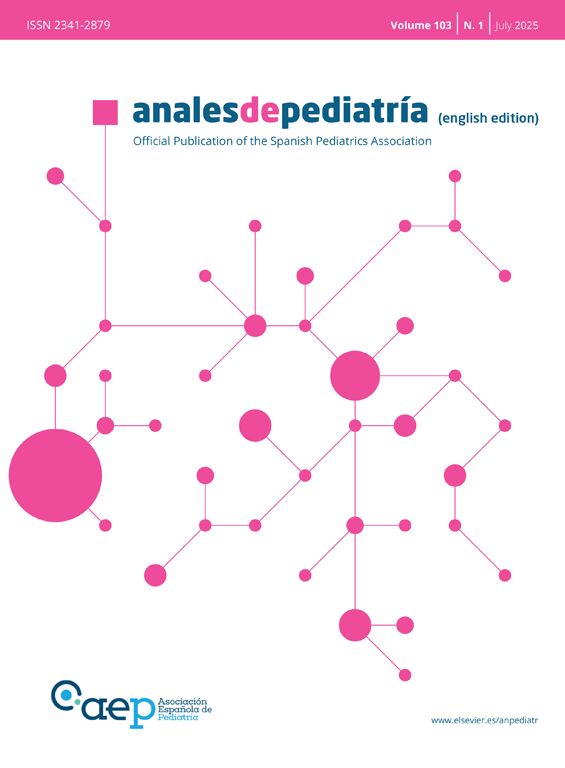A boy aged 4 years presented with bluish-brown spots (maculae ceruleae) on the trunk (Fig. 1A). Lice and nits could be seen on the eye lashes (Fig. 1B). Dermoscopy revealed the presence of crab lice on the scalp, trunk (Fig. 1C) and eye lashes (Fig. 1D). It also allowed visualization of nits, both viable (Fig. 1E) and hatched (Fig. 1F). Sexual abuse was ruled out through a thorough history-taking, with questioning of both child and mother. The physical examination was otherwise normal. We prescribed oral ivermectin to the entire household. We recommended repetition of treatment one week after as well as hygiene measures in the house.
Pediculus humanus capitis, P humanus corporis and Phthirus pubis are distributed worldwide. The body of P pubis is smaller (1.2 × 0.8 mm) compared to P capitis, and is brown in color, with an appearance similar to that of a crab, has six legs and clings to hair shafts with the claws of its front legs. Viable nits are oval structures, brown in color, with convex ends. Hatched nits appear see-through and are missing one of the ends. In children, the presence of P pubis should always trigger suspicion of sexual abuse, although the parasite can also spread in crowded conditions through non-genital body contact.1–3 Maculae ceruleae are associated with pediculosis, do not require treatment and resolve spontaneously when the infestation is treated.3





